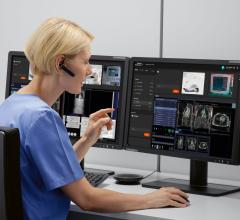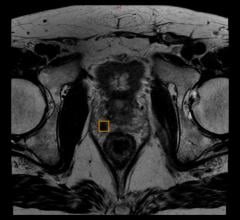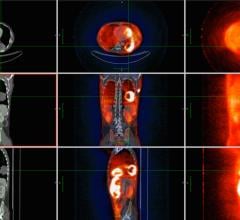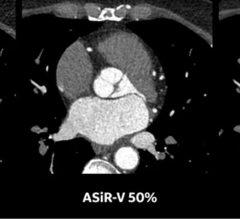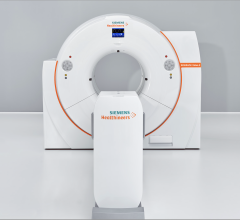October 8, 2009 - Royal Philips Electronics said it has developed a digital silicon photomultiplier technology that will allow faster and more accurate photon (the basic quantum unit of light) counting in a wide range of applications where ultra-low light levels need to be measured.
Areas where the new technology could have a major impact include medical imaging, in particular positron emission tomography (PET), and in-vitro diagnostic tests such as DNA sequencing and protein/DNA microarrays. Other relevant areas include high-energy physics, night-vision systems and other applications that currently use light detectors that are based on so-called photomultiplier tubes.
As with virtually all ‘solid-state’ alternatives, this new digital silicon photomultiplier technology should enable the production of smaller and lighter battery-powered equipment for use in areas such as medical diagnostics and surveillance. The key to the technology lies in its ability to combine high-quality single-photon detectors (silicon avalanche photodiodes) with low-voltage CMOS logic on the same silicon substrate. Moreover, these new silicon photomultipliers can be manufactured using a conventional CMOS process technology.
The performance of Philips’ prototype detector, in terms of its speed and dark count level (background noise), will be presented at the IEEE Nuclear Science Symposium and Medical Imaging Conference, which will take place on October 25-31 in Orlando, Fla. Other important features of this new light detection technology include its robustness, low power consumption, light detection efficiency, and very high level of integration of the optical detection and associated electronic components.
“Solid-state digital technology has already taken over from outdated analog solutions in every-day applications such as TVs, camcorders and photography,” says Rob Ballizany, vice president of Philips Corporate Technologies and responsible for the commercialization of this new technology. “...high-end professional applications such as medical imaging will undergo a similar switch to digital detectors in the next few years.”
For more information: www.medical.philips.com


 May 14, 2024
May 14, 2024 

